
Running the Blockade
The first-person experiences and adventures of blockade runner during the American civil war. – Summary by Delmar H. Dolbier [chương_files]











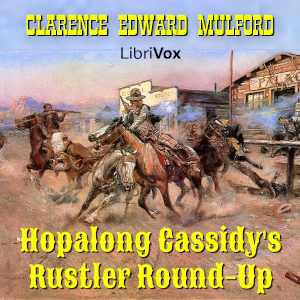

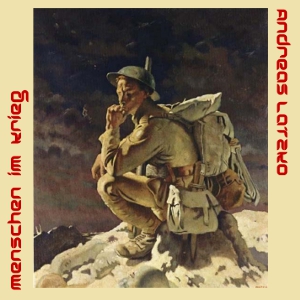


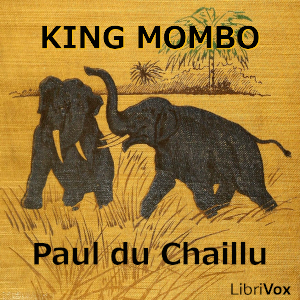

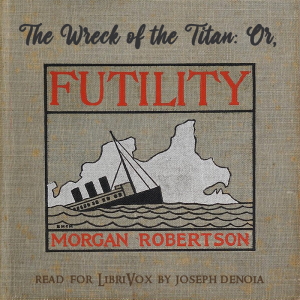

The first-person experiences and adventures of blockade runner during the American civil war. – Summary by Delmar H. Dolbier [chương_files]

The Brown Book was the first English publication to detail events which were currently happening in occupied Germany in 1933; book-burning and the destruction of universities, the development of concentration camps for Jewish people, forced labour and the use of the “shot while trying to escape” excuse for murder by police. This was the first time such events had been brought into the public consciousness, and the book was supported by documentation with names and dates – substantial evidence of the brutality which was taking place. (Please note the confronting and graphic nature of the content of Chapters 7, 9 and 10 before listening.) Lord Marley described the book as “a contribution to the fight against Hitler Fascism. This fight is not directed against Germany; it is a fight on behalf of the real Germany.” (Summary by Beth Thomas and the Introduction) [chương_files]

A firsthand account of the deplorable conditions within the most infamous prisoner-of-war camp of the Confederacy. Though functioning only during the last year of the Civil War, nearly 13,000 of 45,000 incarcerated Union soldiers died under inhumane conditions. – Summary by Jeffery Smith [chương_files]

Fort Concho was a U.S. Army post in central Texas from 1867 to 1889. It figured considerably in the Indian Wars, notably against the Comanches. It mainly served to protect frontier settlers, stagecoaches, wagon trains, the U.S. mail, and trade routes. This 1957 book, published by the museum at the site of the fort, is the story of its activities. – Summary by David Wales [chương_files]
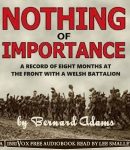
Fighting in France during the Great War, Bernard Adams, an officer with a Welsh battalion, was moved to chronicle what he saw and experienced: the living conditions and duties of officers and “Tommies” (enlisted men) in their dank, rat-infested trenches and behind the lines; the maiming and deaths; and the quiet periods described in official reports as “nothing of importance”. Adams relates his wounding in June, 1916 and its aftermath. The concluding chapter, which he wrote during his convalescence in “Blighty” (soldiers’ slang for England), is an impassioned reflection on war. Following several months of recuperation Adams returned to the front where, on February 26, 1917 he was wounded again. The following day he died. (Lee Smalley) [chương_files]

In the American Civil War, the Vicksburg campaign (December 1862-July 1863) was a pivotal victory for the Union under the generalship of Ulysses S. Grant, who as a result was promoted by President Lincoln to command of all the North’s military forces. Historian James M. McPherson called Vicksburg “The most brilliant and innovative campaign of the Civil War.” A U.S. Army field manual called it “the most brilliant campaign ever fought on American soil.” National Park Service Historical Manual number 21 published in 1954. – Summary by David Wales [chương_files]
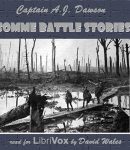
Stories of World War I warfare, published in 1916 in the midst of the war. (That’s why names of persons and units are literally “blanked” out.) Alec John Dawson (1872 – 1951), generally known as A. J. Dawson (pseudonyms Major Dawson, Howard Kerr, Nicholas Freydon) was an English author, traveller and novelist. During World War I he attained the rank of Major, and was awarded the MBE and Croix de Guerre in recognition of his work as a military propagandist, a work the listener may want to keep in mind. (Terminology note: “Boche” means the Germans, singular or plural; “Blighty” means hospitalization in England; “The Push” means fighting in the Somme offensive.) The Battle of the Somme (French: Bataille de la Somme, German: Schlacht an der Somme), also known as the Somme Offensive, was a battle of the First World War fought by the armies of the British and French empires against the German Empire. It took place between 1 July and 18 November 1916 on either side of the River Somme in France. The battle was one of the largest of World War I, in which more than 1,000,000 men were wounded or killed, making it one of humanity’s bloodiest battles…. 1 July 1916 was also the worst day in the history of British Army, which had c. 60,000 casualties,… The British Army on the Somme was a mixture of the remains of the pre-war regular army, Territorial Force and the Kitchener Army which was composed of Pals battalions, […]

Justin McCarthy (1830-1912), liberal member of Parliament and historian. He brings the great 18th Century personalities to life: Walpole and Swift, Bolingbroke and Mary Wortley Montagu, the Old Pretender, Bonnie Prince Charlie, and the four King Georges. This second volume brings us the terrible death of Queen Caroline, Swift and Stella, the Jacobite rising of 1745, the Wesleyan Movement, Clive’s victories, and the struggle for Canada. – Summary by Pamela Nagami [chương_files]

This LibriVox reading consists of selections from depositions in a lawsuit brought after the end of the American Civil War by some businessmen of the former Confederacy. This reading focuses on the sworn statements of General William Tecumseh Sherman who commanded the Carolinas campaign and General Oliver O. Howard who was one of Sherman’s subordinate commanders. The subject is the still-controversial burning of Columbia, capital of South Carolina, toward the end of the Civil War. “Official Depositions of Wm, Tecumseh Sherman, “General of the Army of the United States,” and Gen. O.O. Howard, U.S.A., For The Defence; and Extracts From Some Of The Depositions For The Claimants, Filed in Certain Claims vs. United States, Pending Before “The Mixed Commission on British and American Claims,” in Washington, D.C.” (Book subtitle) The Carolinas Campaign was the final campaign in the Western Theater of the American Civil War. In January 1865, Union Maj. Gen. William Tecumseh Sherman advanced north from Savannah, Georgia, through the Carolinas, with the intention of linking up with Union forces in Virginia…. [After conquering Atlanta, Sherman] persuaded Grant that he should march north through the Carolinas… destroying everything of military value along the way, similar to his march to the sea through Georgia. Sherman was particularly interested in targeting South Carolina, the first state to secede from the Union, for the effect it would have on Southern morale…. On February 17, Columbia surrendered to Sherman… Union forces were overwhelmed by throngs of liberated Federal prisoners and emancipated African Americans. […]

The history of Company B, 307 Infantry’s participation in The First World War. A part of the 77th Division it trained at Camp Upton, New York before leaving for France. – Summary by Bill 2147 [chương_files]
Copyright © 2024 | FreeAudible